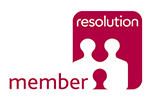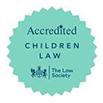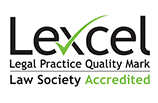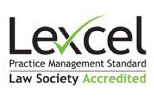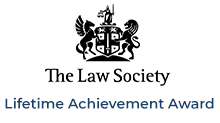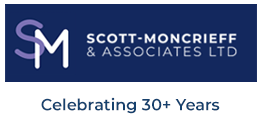Concerns over CQC’s new transitional approach to monitoring health and social care providers

In response to the Covid-19 pandemic, the Care Quality Commission (CQC) paused routine inspections and implemented the Emergency Support Framework (ESF) using regular conversations between inspectors and providers as an additional monitoring tool to gather information. Using the learnings acquired from the ESF as a springboard, CQC has now replaced the ESF with its transitional monitoring approach (TMA) in order to adapt and evolve the methods it uses to monitor services. The stated aim is to target its regulatory activity ‘most effectively’.
In addition to responding to the unique challenges posed by the pandemic, CQC will also be considering longer-term regulatory changes. It will seek feedback by way of a full public consultation in January 2021 with the new strategy to be launched in May 2021.
What can providers expect?
According to CQC, the TMA will focus on safety, how effectively a service is led and how easily people can access the service. It will include:
- a strengthened approach to monitoring based on specific existing key lines of enquiry (KLOEs), to continually monitor risk in a service
- using technology and CQC’s local relationships to have better direct contact with people who are using services, their families and staff in services
- targeting inspection activity where CQC identifies concerns.
CQC began rolling out this new approach on 6 October 2020, so providers can now expect to receive a call from, or an online meeting with, CQC under this new regulatory approach.
It is important to note that such conversations are not categorised as inspections and that services will not be rated following a call. However, the call will help CQC to decide whether further regulatory action, for example an inspection, is warranted at this stage.
What information will CQC consider before contacting providers?
The CQC will consider the information it has about the service, including:
- previous inspection reports and ratings
- monitoring information that has been collected through CQC’s usual data sources
- the inspector’s knowledge of the service
- the experience of people using the service.
What information will providers be expected to give to CQC during the call?
During calls, inspectors will focus upon previously published KLOEs categorised broadly under the existing five key questions: safe, effective, caring, responsive and well-led. The calls will provide an opportunity for inspectors to discuss questions raised within the KLOEs, specific risks identified, examples of good practice and improvements to the service. Inspectors may also request evidence from providers regarding specific issues. After the call, the inspector will prepare an overall monitoring summary of their findings.
What happens after the call?
Depending upon the information gathered by the inspector, the call would result in regulatory enforcement action if the inspectors were of the view that there is a risk to the safety of people using the service, or the issuance of a record of the call if no further regulatory action is required.
Monitoring summary record and ratings
In regard to the record of the call, known as a ‘monitoring summary record’, CQC has stated that: “This record is not an inspection report, and there is no rating as a result. This means that usual steps such as the factual accuracy process do not apply. We will not publish summary records on our website.”
Taking into consideration that the monitoring activity may culminate in regulatory action, it is alarming that the factual accuracy process will not apply, albeit that service providers will not be rated. Without providers having the opportunity to correct inaccuracies and misunderstandings and to provide necessary context, there is an obvious risk that the inspector’s record of the monitoring call will be inaccurate or misleading.
This approach may also lead to inconsistency and lack of transparency in terms of understanding the criteria that lead to any regulatory action taken by CQQC following the monitoring call. It would deprive providers of an opportunity to remedy inaccuracies at an early stage, possibly avoiding an unnecessary follow-up inspection.
Further, in cases where CQC’s monitoring call/online meeting leads to an inspection, CQC may look at any or all of the KLOEs on inspection. Alternatively, in the interest of targeting and focusing inspections around areas of risk, it may look at selective aspects of the five key questions and KLOEs with the consequence that inspections may not always lead to a change in rating for a service.
CQC further adds that due to its limited ability to carry out on-site inspections, its “ability to re-rate services is also limited by our published methodologies for rating and reporting on services.”. The new approach is likely to be of particular concern to providers that are keen to improve their inspection ratings.
Useful Links and further reading
- Joint statement from CQC’s Chief Inspectors, and Deputy Chief Inspector and lead for mental health services
- Monitoring questions for adult social care providers
- Transitional monitoring approach: what to expect
Errol Archer is a specialist regulatory solicitor working with health and social care providers to support their regulatory compliance and to protect and defend their businesses.
He and his experienced colleagues work with providers of all sizes throughout England and Wales.
By accepting you will be accessing a service provided by a third-party external to https://www.scomo.com/


